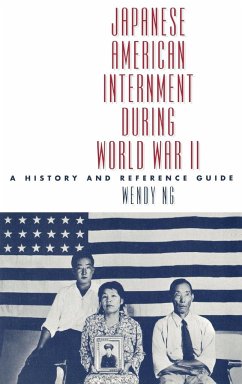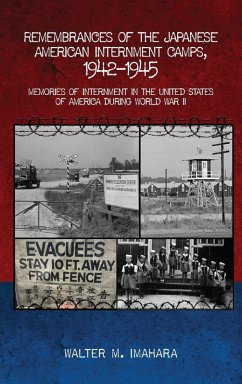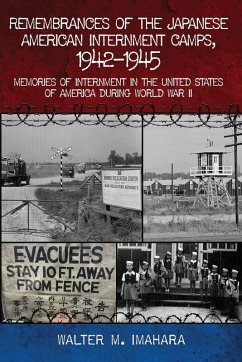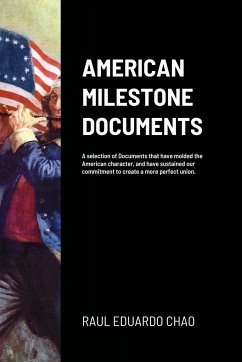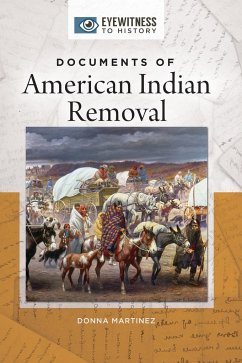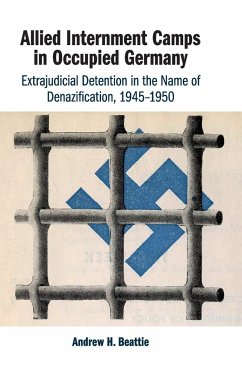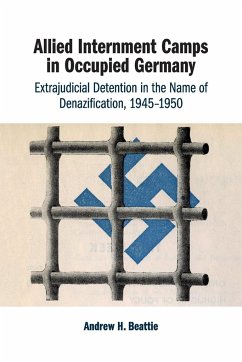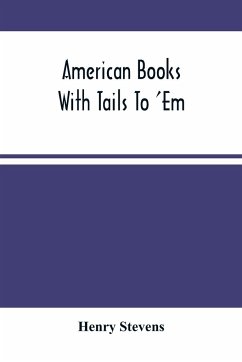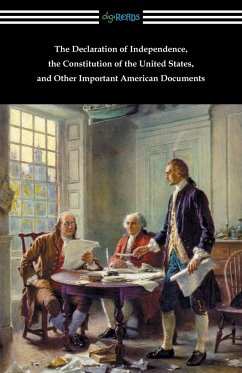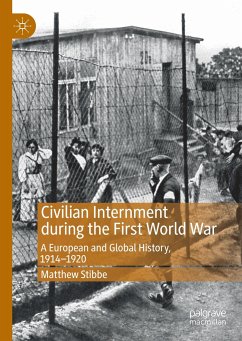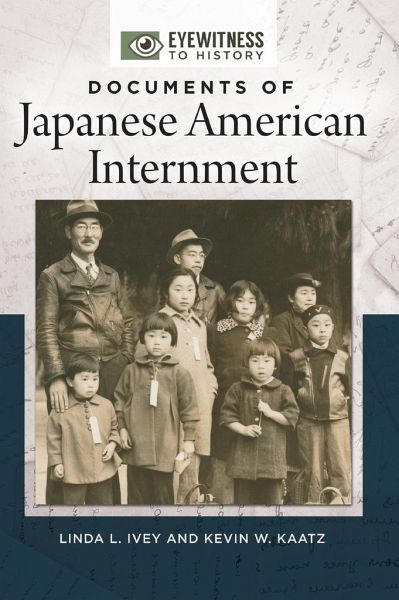
Documents of Japanese American Internment
Versandkostenfrei!
Versandfertig in 1-2 Wochen
97,99 €
inkl. MwSt.

PAYBACK Punkte
49 °P sammeln!
Explore Japanese internment through the voices of those who endured removal, those who designed this notorious forced relocation, and those who witnessed the broken promise of U.S. democracy. This document collection sheds light on Japanese American internment through the voices and perspectives of those who directly experienced this event as well as those who created the policy behind it. The book provides readers with a wide range of first-hand accounts, government reports, and media responses that help readers to better understand the events of this unfortunate period of American history. E...
Explore Japanese internment through the voices of those who endured removal, those who designed this notorious forced relocation, and those who witnessed the broken promise of U.S. democracy. This document collection sheds light on Japanese American internment through the voices and perspectives of those who directly experienced this event as well as those who created the policy behind it. The book provides readers with a wide range of first-hand accounts, government reports, and media responses that help readers to better understand the events of this unfortunate period of American history. Each document has contextualizing information to help students understand content they may come across in their research. This format is meant to accommodate a wide range of documents that includes a variety of viewpoints and perspectives, such as "eyewitness" pieces (personal narratives, letters; and first-hand accounts); media pieces (newspaper articles, op-ed articles, and reactions and responses to the events); and government and legislative pieces (laws, proclamations, rules, etc.). Books in this series provide a preface, introduction, guide to primary documents, and chronological organization of documents, with each document providing its own introduction, the text of the document or excerpt, and a brief list of additional readings.



